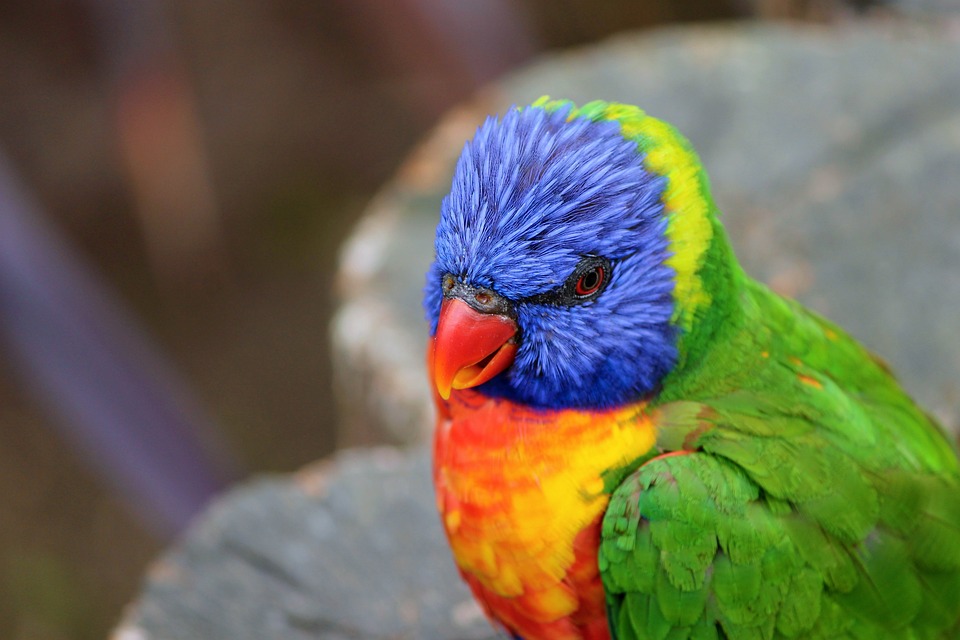Heading 1: Introduction
Parrot training is an essential part of ensuring your feathered friend’s well-being and safety. Recall training, in particular, is crucial as it teaches your parrot to come back to you on command. However, recall training can be challenging when there are distractions around. In this article, we will explore effective techniques to encourage parrots to participate in recall training despite distractions. Additionally, we will address some frequently asked questions about this training method.
Heading 2: Understanding Recall Training
Before we delve into training techniques, let’s briefly understand what recall training entails. Recall training involves teaching your parrot to return to you when called, ensuring their safety and providing a means of control in various situations. This command is particularly useful when you need your parrot to come back swiftly, even with distractions present.
Heading 2.1: The Importance of Recall Training with Distractions
Recall training with distractions is essential for parrots to develop resilience and obedience in real-world scenarios. By training in distracting environments, parrots learn to focus on their owners’ commands despite external stimuli, which is crucial for their safety both indoors and outdoors.
Heading 3: Techniques for Encouraging Parrots in Recall Training with Distractions
Now that we understand the significance of recall training with distractions, let’s explore some effective techniques to encourage your parrot’s participation.
Heading 3.1: Start Training in a Controlled Environment
Begin recall training in a controlled, distraction-free environment to establish a solid foundation. A quiet room or an enclosed outdoor space can be suitable for initial training sessions. This allows your parrot to grasp the recall command without too many competing stimuli.
Heading 3.2: Gradually Introduce Distractions
Once your parrot is comfortable with recall training in a controlled environment, gradually introduce distractions. Start with mild distractions, such as toys or low-level noise, and gradually increase the level of distraction over subsequent training sessions. This helps your parrot develop focus and resilience in the face of distractions.
Heading 3.3: Use Positive Reinforcement
Positive reinforcement is a powerful tool in parrot training. Reward your parrot with their favorite treats, verbal praise, or affectionate gestures when they respond correctly to the recall command in the presence of distractions. This encourages them to associate distractions with positive outcomes, reinforcing their training.
Heading 3.4: Maintain Consistency
Consistency is key when training parrots. Ensure that all family members or caregivers use the same recall command and training techniques. This consistency helps your parrot understand the command and reduces confusion. Consistent training also helps them generalize the recall command to different situations and distractions.
Heading 4: Frequently Asked Questions (FAQs)
Here are some common questions related to encouraging parrots to participate in recall training with distractions:
Heading 4.1: How long does it take for a parrot to learn recall training with distractions?
The time it takes for a parrot to learn recall training with distractions varies from bird to bird. Some parrots may grasp the concept quickly, while others might need more time and practice. Patience and consistent training are essential.
Heading 4.2: Are there any specific distractions I should avoid during recall training?
While it’s beneficial to expose your parrot to various distractions, it’s important to prioritize their safety. Avoid using distractions that may pose a risk to your parrot’s well-being, such as loud noises, aggressive animals, or toxic substances.
Heading 4.3: Can older parrots learn recall training with distractions?
Absolutely! Parrots of all ages can learn recall training with distractions. However, older parrots might require additional patience and time to adapt to new training methods. Adjust the training pace according to your parrot’s comfort level.
Heading 4.4: What if my parrot refuses to participate in recall training with distractions?
If your parrot seems uninterested or unwilling to participate, it’s essential to reassess your training approach. Ensure that the distractions are gradually introduced and not overwhelming for your parrot. Seek guidance from a professional avian behaviorist if needed.
Heading 5: Conclusion
Recall training with distractions is a vital skill for parrots, ensuring their safety and control in various situations. By employing techniques like controlled environments, gradual distraction introduction, positive reinforcement, and consistency, you can encourage your parrot’s active participation in recall training. Remember to be patient, as each parrot learns at its own pace. Happy training!









